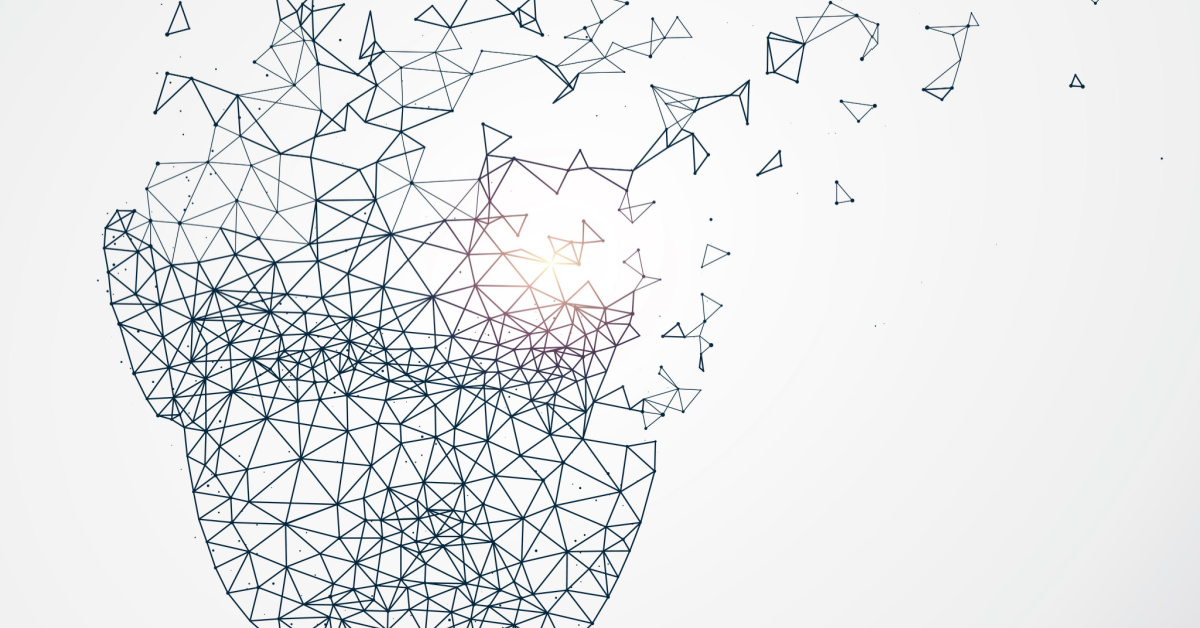What is workforce intelligence and why does it matter?
What HR leaders need to know to build a skills-based organization

In a new world of work hallmarked by unprecedented disruption, businesses can’t keep relying on the same set of static tools and legacy frameworks. Instead, HR leaders must harness new technologies that will equip them with the insights needed to make game-changing decisions on accelerated timelines.
Now that we’ve entered a period of economic turbulence, each choice that executives make comes with even higher stakes. To overcome market uncertainty, leaders must unlock their workforce’s full capacity to accelerate innovation while keeping overhead costs low.
There’s one emerging technology that leaders can tap into to fuel better workforce planning decisions: workforce intelligence. By combining data and AI to produce insights that unlock greater talent agility, workforce intelligence equips leaders with a comprehensive understanding of the skills within their company and what they can do to use them to their advantage.
What is workforce intelligence?
Workforce intelligence is the process of using data analytics to understand, predict, and optimize workforce performance. It involves analyzing employee data, productivity trends, and labor market signals to improve decision-making in hiring, retention, and workforce planning.
The term also describes an emerging set of digital tools that combine data and AI to produce insights for greater talent agility. Now that HR leaders have identified building critical skills as their top priority, organizations are increasingly harnessing workforce intelligence to gain full visibility into the capabilities within their organization.
While offerings vary, Gloat’s Workforce Intelligence is a central platform that provides the actionable insights needed to design future-fit workforces that drive positive outcomes—all powered by proprietary datasets and a business’s own unique data. Gloat’s Workforce Intelligence includes offerings crucial for powering skills-based organizations, including a Skills Management Console, Job Architecture Console, and Workforce Insights.
Why workforce intelligence is important
Workforce intelligence is important because it enables companies to make data-driven decisions that improve productivity, reduce turnover, and align talent with business goals. By analyzing employee behavior and market trends, organizations can forecast needs, fill skill gaps, and enhance overall workforce performance.
As the pace of innovation accelerates and disruption becomes near-constant, many leaders are recognizing that skills-based strategies are essential for unlocking the level of agility that our next chapter demands. Skills-based organizations enjoy several game-changing advantages, including faster response times, better cross-functional collaboration, and enhanced employee engagement and retention.
To reap the benefits of a skills-based strategy, organizations must harness workforce intelligence to put capabilities into context. With workforce intelligence, leaders get a full picture of their people’s skills, the knowledge that will be vital in the years to come, and how their workforce’s capabilities compare to the competition’s. When paired with a talent marketplace, employees can harness the platform to seek out skill-building opportunities that align with their career goals, while leaders gain ongoing insight into the capabilities their workforce has.
4 workforce intelligence benefits HR leaders can’t overlook
From your new hires to the office veterans, workforce intelligence benefits every team member within your organization. However, the platform will prove particularly advantageous for HR leaders thanks to the following benefits:
#1. Ensure your job architecture stays up to date
Rather than relying on static job architectures and descriptions that quickly become out of date, a skills-based organization needs to be dynamic, real-time, and self-evolving.
Workforce intelligence upgrades traditional job architectures, which are often time-consuming to maintain and difficult to keep accurate. Leaders can now keep roles and responsibilities updated with insights from internal and external data sources, view suggested positions to merge and job codes to update, and receive recommendations on relevant and trending skills that should be prioritized.
#2. Understand how your workforce stacks up
As talent shortages continue and the hiring landscape gets more competitive, HR leaders need an in-depth understanding of the skills their workforce has, the knowledge gaps that are emerging, and how these competencies compare with what their competition has to offer. Workforce intelligence includes skill and job benchmarking that sheds light on the market value of a job and spotlights emerging skills trends, equipping managers with the insights to turn their skills-based visions into realities.
#3. Make strategic hiring decisions
During periods of economic uncertainty, no company can afford to waste precious dollars and time recruiting talent that they don’t need. All too often, leaders don’t have a clear picture of their workforce’s skills and capabilities, making it difficult to accurately assess skills needs and high-priority roles to hire for. With workforce intelligence, HR leaders gain insights and recommendations from purpose-built AI algorithms so they can learn exactly what skills they should be hiring for.
#4. Optimize succession planning
Succession planning is often challenging because some decisions are influenced by external factors, such as geographic proximity or networking, rather than being based on the skills and experiences that employees bring to the table. Workforce intelligence breaks down every employee’s skills and capabilities, shedding light on best-fit internal candidates who may have once been overlooked.
To learn more about the benefits of workforce intelligence, find out how you can harness the tool to build a skills-based organization.




